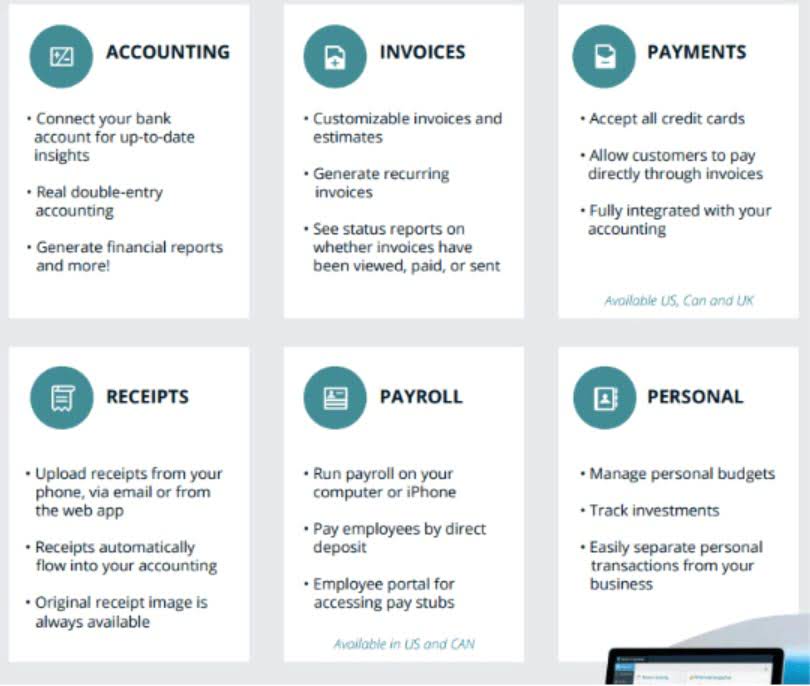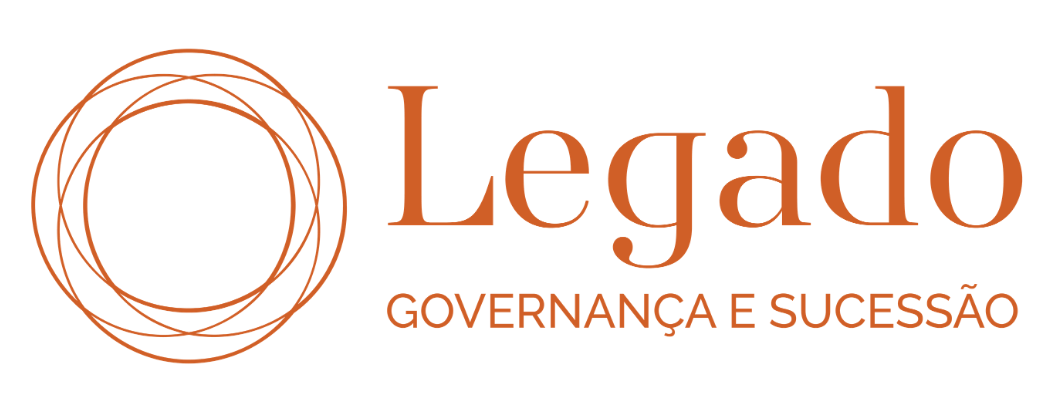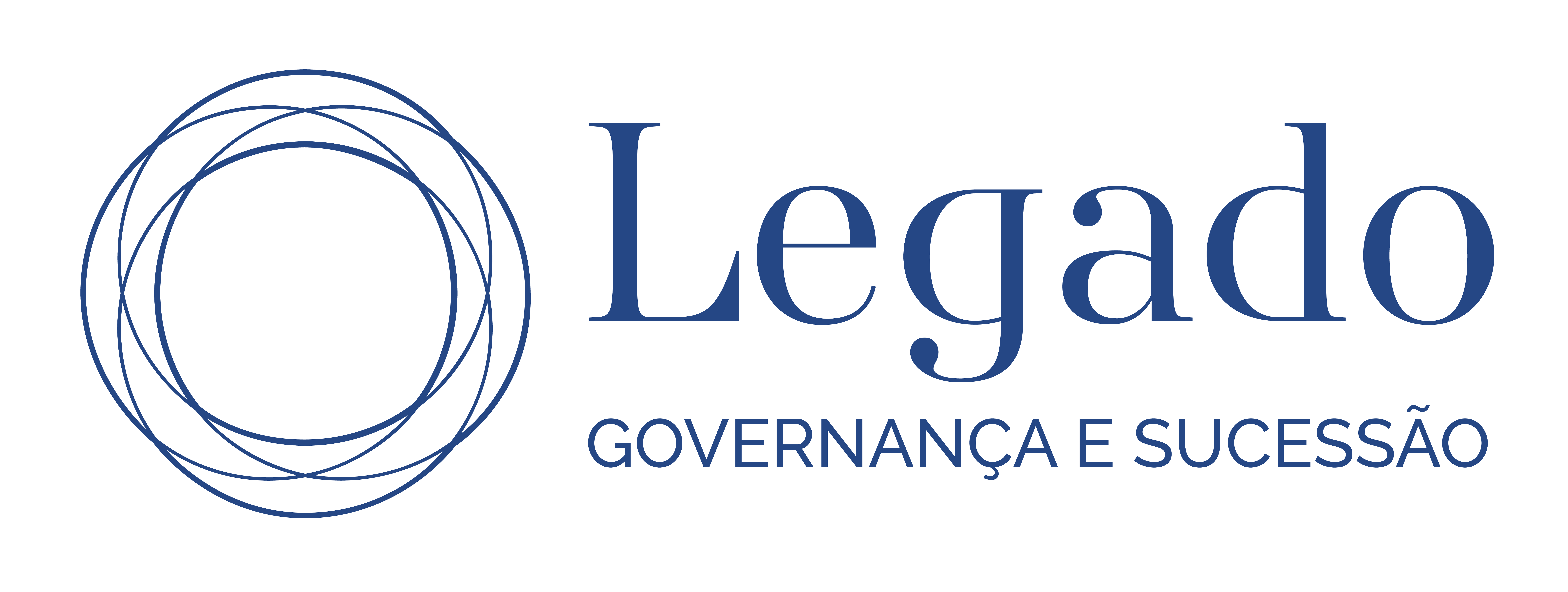Tips for Better Winery Inventory Cost Accounting

Maintaining books on a GAAP, true cost, or accrual basis, as opposed to a cash basis or tax basis, offers several significant advantages for your wineris particularly as you grow and refine your operations. We have already talked about the big advantage of accurately measuring your profitability, as opposed to simply your bank balance. Using the cash basis method for tax allows wineries to strategically time their income and expenses to optimize their tax liabilities. For example, a winery can defer taxes by delaying invoicing or accelerating expenses, thus only recognizing income for tax purposes when the income is actually received and expenses when they are paid.

by industry
This includes both manual counting as well as automated perpetual inventory tracking online bookkeeping systems. Understanding the COGS for your business can potentially help you run a more efficient and profitable company. Calculating the COGS helps you track direct and indirect costs throughout the entire winemaking process. The process for setting up a COGS system, regardless of your winery’s size, includes seven main steps. To make matters simpler, winery costs are broken down into specific cost categories according to steps in the winemaking process.
Provide Training
On the other hand, cellar aging costs are typically shared by all wines in the cellar. These are most commonly allocated to the wines based on a weighted average number of gallons in the cellar. The above tips alone show just how quickly your winery’s cost accounting processes can become complex.
Inventory Management
For example, a reason might be to show the net difference—also known as book value—or to allocate costs from a production cost center to wine inventory on the balance sheet. Another approach involves leveraging short-term financing options like lines of credit or seasonal loans. These financial instruments can provide the necessary liquidity to bridge the gap between high and low revenue periods. By carefully managing these loans and ensuring they are repaid during peak sales times, wineries can maintain a steady cash flow without incurring excessive debt. One effective strategy is to establish a robust cash reserve during peak sales periods. By setting aside a portion of the revenue generated during high-demand seasons, wineries can create a financial buffer to cover expenses during off-peak times.
- You can take the price of a sold bottle and subtract the COGS to determine the gross profit you earned.
- When managing a winery, one of the most crucial decisions you’ll make is how to handle your accounting.
- When it comes to keeping accounts of vineyards, cash or accrual accounting can be done.
- Contra-accounts are useful because they enable users to preserve the historical value in a main account, while offsetting that historic value in full or in part for a particular reason.
- There will always be a cost of doing business, and finding where you can reduce costs takes time, thoroughness, and consistency.
In contrast, law firm chart of accounts management reporting analyzes department performance as well as its relationship to expenditures and returns on investment (ROI). In other words, management reports are the diagnostics on your winery’s financial health. Optimize your vineyard or winery’s financial health with effective accounting strategies tailored to the unique challenges of the industry. Accrual accounting allows for a smoothing of income and expenses (accomplished through the matching principle) and provides an accurate picture of your business short- and long-term financial health.

In our previous article we provided an overview of how to calculate it and why it matters. Here, we’ll dive into steps for setting up a system and practices to derive this metrics. In our final article of the series, we provide cost of goods sold insights specific to wineries of different sizes. Every employee’s wages, benefits, and payroll taxes must be accounted for and apportioned.
- Given the high dollar value of many bottles of wine, it is not a surprise that many asset misappropriation schemes in the wine industry involve inventory theft.
- Some include an extensive production cycle, the aging inventory, and demand for seasonal varieties.
- At its best, cost accounting allows you to optimize your price point and operations based on the expected cost of producing the wine you sell.
- An organized system, maintained from start to finish, can provide the winery operator accurate account balances throughout the wine production process.
- Vineyard management software provides the tools you need to streamline processes, improve decision-making, and boost profitability.
What are the advantages of using professional wine accounting services?
In short, this course is an essential desk reference for anyone engaged in the accounting for a vineyard or winery. The key to accurate billback accounting lies in deducting them directly from your gross sales before calculating COGS. Accounting wine accounting for the potential cost of having to repay billbacks provides an accurate view of your winery’s income and overall financial health.

Proper tax accounting ensures compliance with local and federal regulations, helps avoid penalties, and can optimize tax liabilities. Understanding tax obligations and benefits can significantly impact a winery’s financial health and operational efficiency. By streamlining workflows, offering real-time data, and automating processes like compliance reporting, vineyard management software reduces delays and boosts productivity. Proper inventory management is essential for a successful winery business. This shall help them keep an account of their production costs and manage their stock levels.

Due to their expense, POS systems were once largely only found in restaurant operations and large retailers. However, technology advances have made POS and credit card processing affordable, even for small winery operations. These are known as COGS (cost of goods sold) and COGP (cost of goods produced). There will always be a cost of doing business, and finding where you can reduce costs takes time, thoroughness, and consistency. Protecting against raw materials fraud can be challenging, but being aware of the possible types of frauds possible is a good start. The best internal control is to only do business with reliable and known suppliers and to have a contractual arrangement that allows for retribution if lower quality or mislabeled goods are provided.

